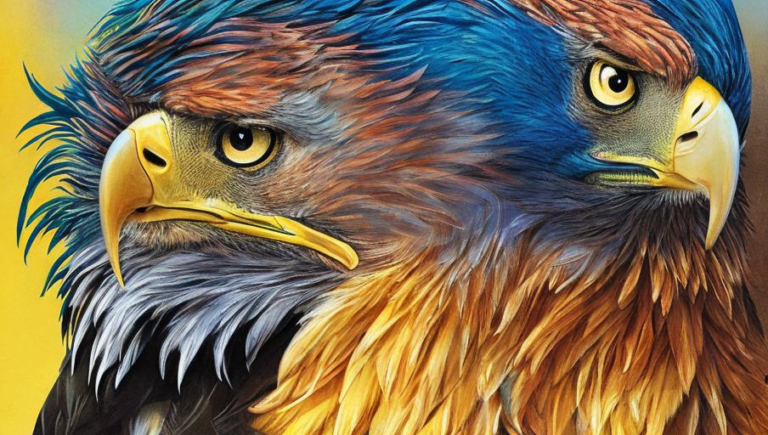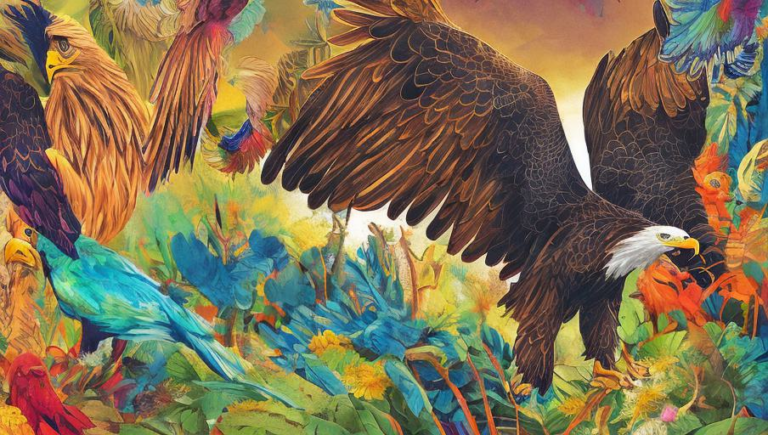A History of the Crane

Introduction
When it comes to iconic birds, few can rival the crane. This large, elegant bird has been revered by many cultures throughout history. It has been featured in art and literature, from ancient Mesopotamian artifacts to the writings of Homer. Its long-legged silhouette is instantly recognizable and its powerful wingspan can reach up to 7 feet in length. In many cultures, the crane is a symbol of longevity, peace, and good luck.
Origins and Migration
Cranes belong to a family of birds called Gruidae, which includes 15 species of cranes found throughout the world. They are all ground-dwelling birds, with long legs, long necks, and long bills. Ancient fossils suggest that they have been around for at least two million years. Cranes are migratory birds, and they can migrate over long distances, covering thousands of miles in a single journey.
An Ancient Symbol
The crane has been a symbol of loyalty and fidelity for many centuries. In Ancient Egypt, it was a symbol of the gods as well as a messenger of truth and justice. In Greek mythology, cranes were believed to be the attendants of the goddess Hera. In Japan, the crane has been a symbol of good luck, longevity, and fidelity.
Habitat and Behaviour
Cranes are found in a variety of habitats, including wetlands, marshes, grasslands, and tundras. They are omnivorous, feeding on a variety of plant and animal matter. They are also highly social birds and can be seen in large flocks. They use their loud calls to communicate with each other and are known for their elaborate courtship displays.
Conservation
Due to large-scale habitat destruction and hunting, many of the crane species are now classified as threatened or endangered. In order to protect them, conservation efforts have been put in place, such as national and international laws that protect their habitats and restrict hunting. There are also many organizations dedicated to the conservation and protection of cranes, such as the International Crane Foundation and the Whooping Crane Conservation Association.
Conclusion
The majestic crane has been a symbol of power, beauty, and longevity for many centuries. They are a reminder of the importance of conservation and protection of our natural resources. With the help of conservation efforts, we can ensure that these incredible birds will continue to grace our skies for many years to come.





